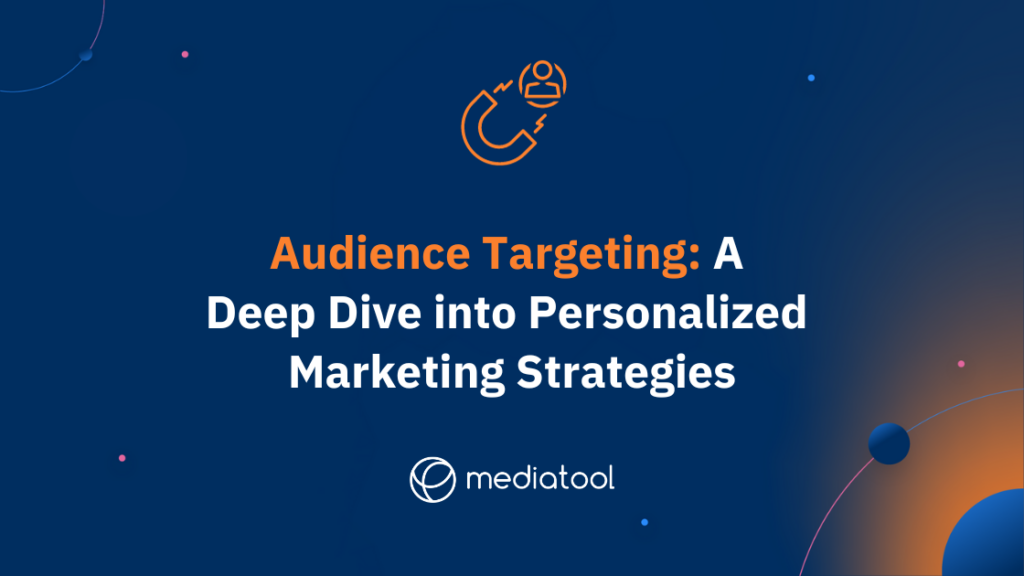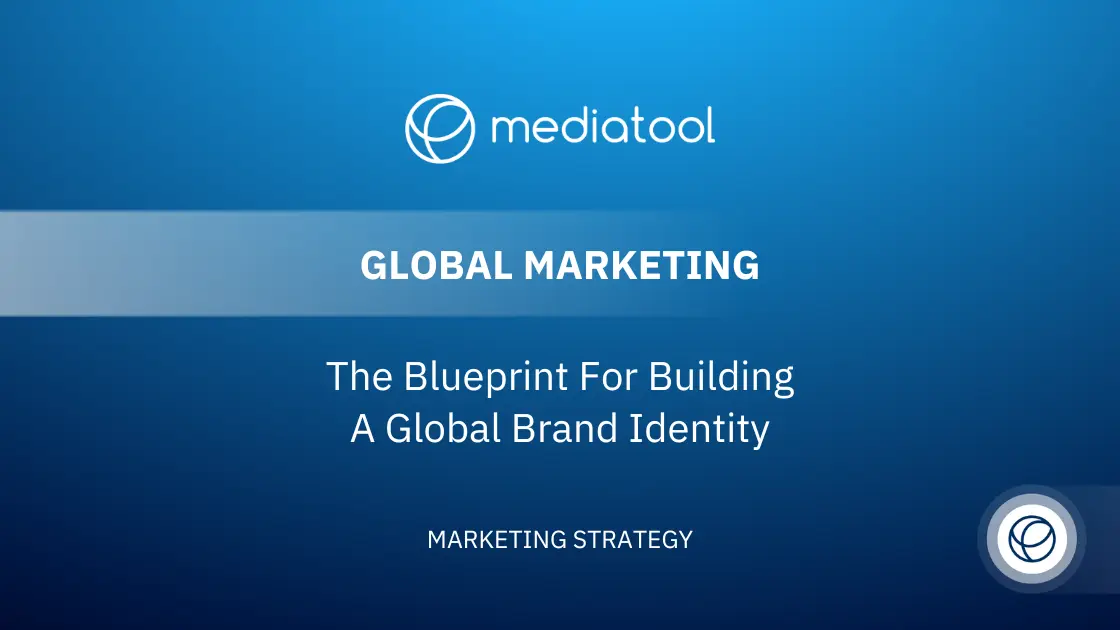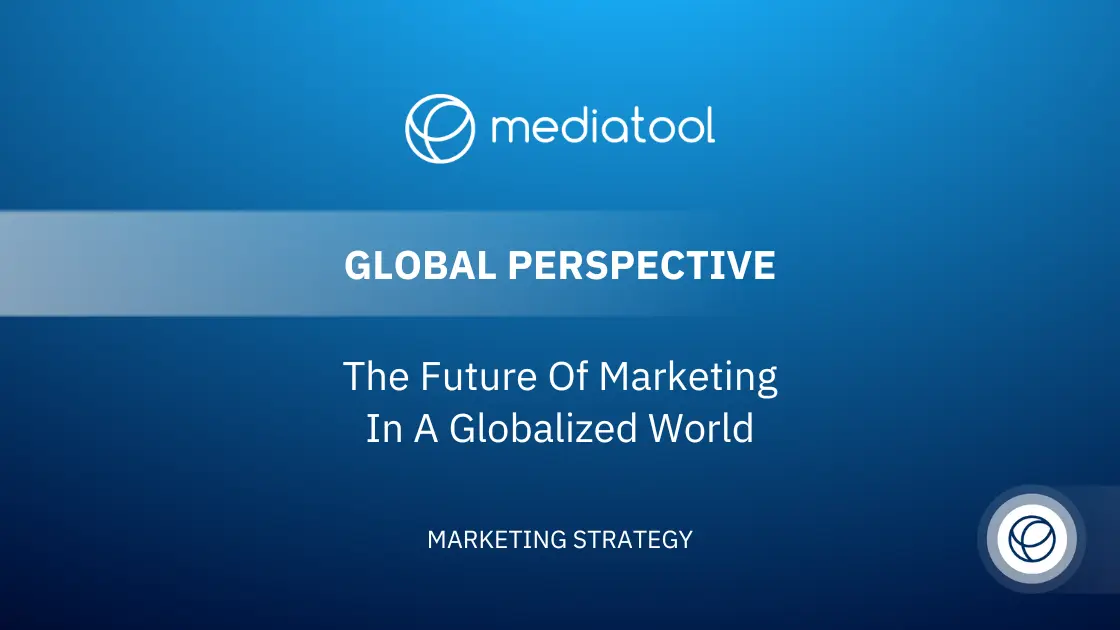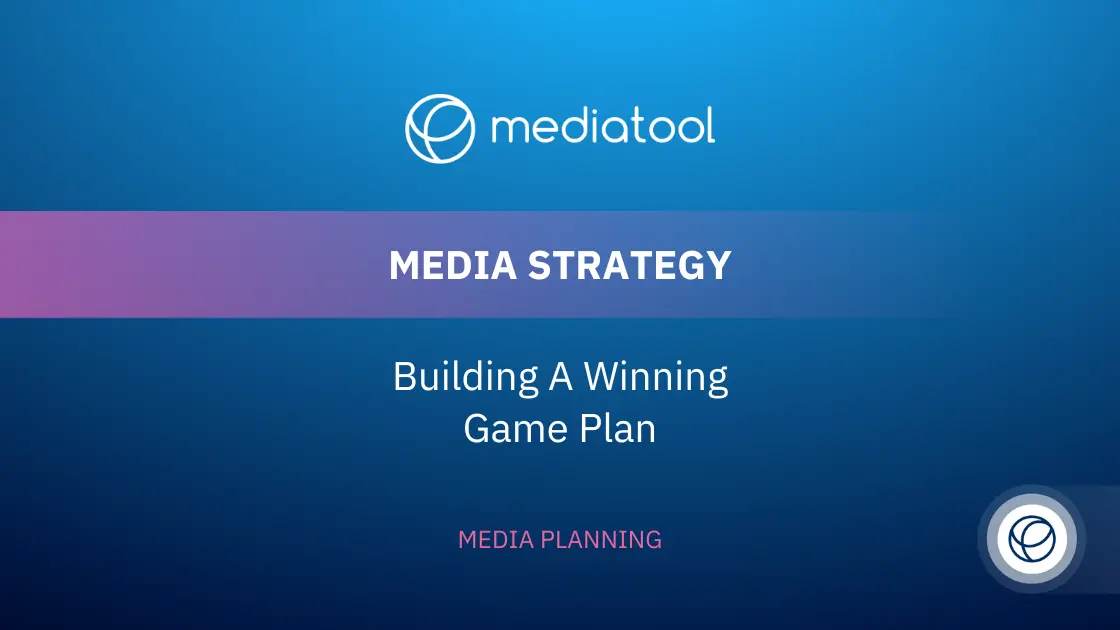Introduction to Audience Targeting
Ever notice how online ads seem to match your interests just right? That’s audience targeting at work—a strategic marketing gem that intricately maps out ad campaigns to sync with your online behavior. This isn’t mere coincidence; it’s a calculated effort that harnesses vast amounts of data to define specific audience segments, ensuring each ad finds its way to the target audience who will find it most appealing.
We’re diving deep into audience targeting, showcasing how it sharpens marketing efforts and cuts down wasteful ad spend. By employing data management platforms and analyzing customer online behavior, we guide marketers to craft target personas grounded in rich demographic data and detailed consumer behavior patterns.
Embracing this strategy means your marketing content won’t just cast a wide net but will smartly zoom in on your ideal customers—the target market eager for your product or service. We’ll navigate you through optimizing ad spend, pinpointing specific groups within audience segments, and using tools like Google Analytics to fine-tune your campaigns.
Beyond just targeting audiences, we’re about creating personalized experiences. We’ll touch on how machine learning can refine ad groups, preventing the over-targeting that risks separating consumers into too many thin slices and diluting your message.

What is Audience Targeting?
Ah, the million-dollar question! Audience targeting, what is it really? Simply put, it’s the marketing equivalent of a cupid’s arrow—aiming to match the right offer to the right person at the right time. But let’s not stop there. Let’s dig a little deeper.
You see, audience targeting is not just some flashy buzzword. It’s the very foundation of modern marketing. It’s the practice of using data—and tons of it—to segment potential customers or target market based on specific traits like demographics, behaviors, or interests. And why do businesses do this? They do it to ensure that their marketing messages reach the people most likely to be interested in their products or services.
Imagine you’re selling snow boots. Would it make sense to advertise those boots to someone living on the tropical sun-kissed beaches of Hawaii? Probably not! Instead, you’d want to focus on people living in snowy regions who are more likely to buy your boots. This, friends, is audience targeting in a nutshell.
What kind of data are we talking about?
The range is vast and can include age, gender, location, browsing behavior, purchasing history, and even lifestyle choices. It’s like assembling an incredibly detailed puzzle, where each piece of data helps form a clearer picture of your potential customers.
The ultimate goal?
To deliver relevant, personalized content that speaks directly to the individual’s needs or wants. It’s the difference between casting a wide, generic net and using a laser-focused approach. The beauty of it is that it allows businesses to maximize their marketing efforts and increase their return on investment.
In a world cluttered with information and advertising, audience targeting is the compass that guides businesses to their true north: their customers. It’s the key that unlocks a world of potential growth and success.
But it’s not a one-way street. Audience targeting offers consumers a more customized and less intrusive browsing experience. It’s why you see ads for that dream vacation spot you’ve been googling instead of advertisements for industrial farming equipment.
So, ready to take a closer look at how audience targeting works? Buckle up because it’s about to get even more interesting!
How Does Audience Targeting Work?
Now that we’ve dipped our toes into what audience targeting is, let’s dive headfirst into how it works. Spoiler alert: it’s not magic, although it can feel like it!
First off, let’s talk about data. Remember those cookies you agree to every time you visit a new website? They’re not just for show. These cookies gather data about your browsing behavior, and this data is pure gold in the world of audience targeting.
The more you browse, the more data you generate. What sites are you visiting? What products are you searching for? What articles are you reading? Every click, every like, and every share contributes to a digital footprint that’s unique to you.
Next, this data is analyzed and used to create audience segments, which are groups of people who share specific characteristics. These segments can be based on anything from age and location to more nuanced traits like interests, hobbies, or online behavior. For instance, there could be a whole audience segment of ‘Pet Owners’, ‘Fitness Enthusiasts’, or ‘Tech Lovers’.
Once the audience segments are ready, advertisers can make ad groups and then create tailored marketing messages for each group. So, if you’ve been visiting pet care websites and shopping for dog food, don’t be surprised to see ads for the newest pet toys or organic pet food brands.
Now comes the fun part—delivering these targeted ads. Here’s where things like search engine advertising, social media advertising, or programmatic advertising come into play. Based on your online behavior, these platforms can deliver ads that are relevant to you.
But here’s the kicker—it’s not a one-and-done thing. Audience targeting is an ongoing process. The demographic data is continually updated, and the audience segments are regularly adjusted to keep up with changing behaviors and trends.
So, the next time you’re online and see an ad that seems uncannily accurate, remember—it’s not a lucky guess. It’s audience targeting at work, a perfect blend of data, technology, and strategy. It might feel like Big Brother is watching, but it’s all about creating more, relevant personalized experiences for you.
What is the Process to Achieve Effective Targeting?

Ready to master the art of audience targeting? It’s not just a process. It’s a journey! One that requires a well-planned strategy, a bit of creativity, and a dash of analytical prowess. Let’s take a step-by-step walk through this fascinating process.
Know your product
You must understand your product or service before finding your audience. Sounds simple, right? But you’d be surprised how often this step is overlooked. What problem does your product solve? What’s unique about it? Who would benefit most from it? These are questions you’ll need to answer. The better you understand your product, the easier it will be to identify who might be interested in it.
Define your audience
It’s time to define your target audience. Who are they? What are their needs, desires, and interests? What challenges do they face that your product or service can address? Remember, your product won’t be for everyone, and that’s okay. The goal is to identify a specific group of people who are likely to be interested.
Segment the audience
With your target audience defined, the next step is segmentation. This involves breaking down your audience into smaller, more specific groups based on shared characteristics. This could be demographics, behaviors, psychographics, or geographical information. Remember our earlier examples of ‘Pet Owners’ or ‘Fitness Enthusiasts’? That’s segmentation at work!
Create tailored content
Now comes the exciting part: creating content that will appeal to each segment. This isn’t just about crafting a catchy slogan or choosing an eye-catching image. It’s about speaking directly to that segment’s needs, interests, or desires. It’s about demonstrating how your product or service can add value to their lives.
Test, optimize, repeat
Finally, remember that audience targeting isn’t static. It’s iterative and dynamic. Once your campaign is live, you’ll want to track its performance and analyze the results. Are you reaching your intended audience? Is your message resonating with them? Use this data to optimize your campaign and improve its effectiveness.
Achieving effective targeting is like solving a complex puzzle. It requires a clear understanding of your product and your audience and the ability to create compelling content that resonates with target consumers. But don’t just take our word for it. According to a report by SmarterHQ, 72% of consumers only engage with marketing messages customized to their interests. That’s quite a significant number, highlighting the importance of personalization in audience targeting. It’s a challenge, no doubt, but the rewards? Oh, they’re worth it!
So, what’s next? How about we explore the different options you have when it comes to audience targeting? Buckle up because the journey is about to get even more exciting!
Different Audience Targeting Options
Just like there’s more than one way to bake a cake, there are multiple ways to target audiences in digital marketing. Each method has its strengths and can be incredibly effective when used in a particular campaign and the proper context. So let’s pop the hood and take a closer look at the different targeting options at your disposal:
- Demographic Targeting: This is probably the most common form of targeting. It focuses on characteristics such as age, gender, income, education, and employment status. It’s like creating a rough sketch of your audience. While it’s a broad approach, it’s often the starting point for more refined targeting.
- Behavioral Targeting: This is where things start to get more interesting. Behavioral targeting involves focusing on consumers’ online habits. This could include the websites they visit, the products they view, the content they engage with, and their past purchases. It’s a way to predict future behavior based on past actions.
- Contextual Targeting: This type of targeting is about the web page content a user views. For instance, if a person is reading an article about gardening, they might see ads for gardening tools. The idea is that if someone is already interested in a topic, they’re more likely to be interested in related products or services. Interestingly, research suggests that ads seen as contextually relevant can motivate 32% more user action compared to demographic-based targeting. This underscores the potential effectiveness of contextual targeting, emphasizing that ads integrated seamlessly into a user’s browsing experience can lead to increased engagement.
- Geo-targeting: This refers to targeting based on location. But it’s not just about targeting people in a particular country or city. It can be as specific as targeting people who are near your store right now. Imagine you run a restaurant. With geo-targeting, you could send an ad or special offer to people in the vicinity around lunchtime.
These are just a few of the targeting options available. The best part? You can mix and match these methods for an even more refined approach. For instance, you could use both demographic and geo-targeting to reach young business professionals in a specific city.
But remember—effective audience targeting is not just about choosing suitable methods. It’s also about crafting a message that resonates with your audience. That’s where we come in with some handy tips in the next section! Ready to become a targeting pro? Let’s dive in!
Audience Targeting Tips/How to Build a Target Audience
You’ve got the basics of audience targeting down and know your options. But how do you put all this knowledge to use? Well, you’re in luck! We’ve got some nifty tips up our sleeve to help you build and target your perfect audience:
Don’t Skimp on Research
Like any good detective, your first step in audience targeting should be research, and plenty of it. Look at your current customer base, survey your followers, and even check out your competitors. Understand who is engaging with you, buying from you, and why. This will give you a good starting point for defining your target audience.
Create Buyer Personas
Once you have your data, use it to create detailed buyer personas—semi-fictional characters representing your ideal customers. Include demographics, interests, behaviors, and even motivations. A clear picture of your target can help guide your content and messaging. This method has proven highly effective: a recent study found that 56% of companies have generated higher quality leads using buyer personas.
Use the Tools Available
Many online platforms, like Google Analytics, Facebook, or Instagram, offer tools to help you understand your audience better. They can provide insights into demographics, interests, and behaviors. Use these tools to refine your targeting and improve your strategy.
Test, Learn, Adapt
Don’t be afraid to experiment with different targeting options and messages. Test your ads, monitor the results, and learn from them. What’s working? What’s not? Use this data to optimize your strategy and improve your targeting.
Keep Your Audience Engaged
Building your target audience is the first step. You need to keep them engaged with fresh, relevant content. Remember, people don’t want to feel like they’re being sold to—they want to feel seen and understood. So make sure your content is adding value and resonating with your audience.
Remember, the key to effective audience targeting is knowing who your audience is and understanding them. What do prospective customers say they want? What do they need? How can your product or service meet those needs?
What are Some of the Challenges Companies Face When Trying to Target Audiences?

Effective audience targeting isn’t all sunshine and rainbows. There are obstacles along the way that can derail even the most strategic of marketing efforts. A recent survey revealed that over half (53%) of executives worldwide express their leading concern regarding their digital advertising strategy is being able to reach target audiences effectively at scale. This highlights some key challenges companies face:
- Changing Consumer Behavior: The behavior of consumers isn’t set in stone—it evolves with time, trends, and circumstances. What appealed to your audience last year might not do so today. Keeping up with these changes is a significant challenge that companies face.
- Data Privacy Laws: Ever heard of GDPR or CCPA? These regulations protect user data privacy, and they’re changing the game in digital marketing. With these laws, getting user data is not as easy as it once was. Navigating these regulations while still reaching your audience is no small feat.
- Data Accuracy: Not all data is created equal. Inaccurate or outdated data can lead to ineffective targeting and wasted marketing efforts. And it’s more than just a hypothetical problem – 82% of marketers say having high-quality data on their target audience is vital to succeeding. However, more than half of them claim they’re missing key information, which could be detrimental to their campaigns. Therefore, ensuring that you’re working with accurate, up-to-date data is another challenge companies often grapple with.
- Understanding Data: Having data is one thing; understanding it is another. Interpreting the data correctly and making smart decisions is crucial to audience targeting. But it’s not always easy, especially when dealing with large volumes of data.
- Creating Personalized Content: Personalization is the name of the game in audience targeting. But creating content that resonates with each segment of your audience can be resource-intensive and challenging, especially for smaller businesses.
Despite these challenges, audience targeting remains a critical strategy for businesses. It’s about finding solutions, adapting, and staying ahead of the curve. Because at the end of the day, the rewards of effective audience targeting—increased engagement with users, higher conversion rates, and improved customer loyalty—are well worth the effort.
And hey, remember this: Every challenge is just an opportunity in disguise! So, ready to tackle audience targeting head-on and emerge victorious? We’re right there with you, cheering you on!





